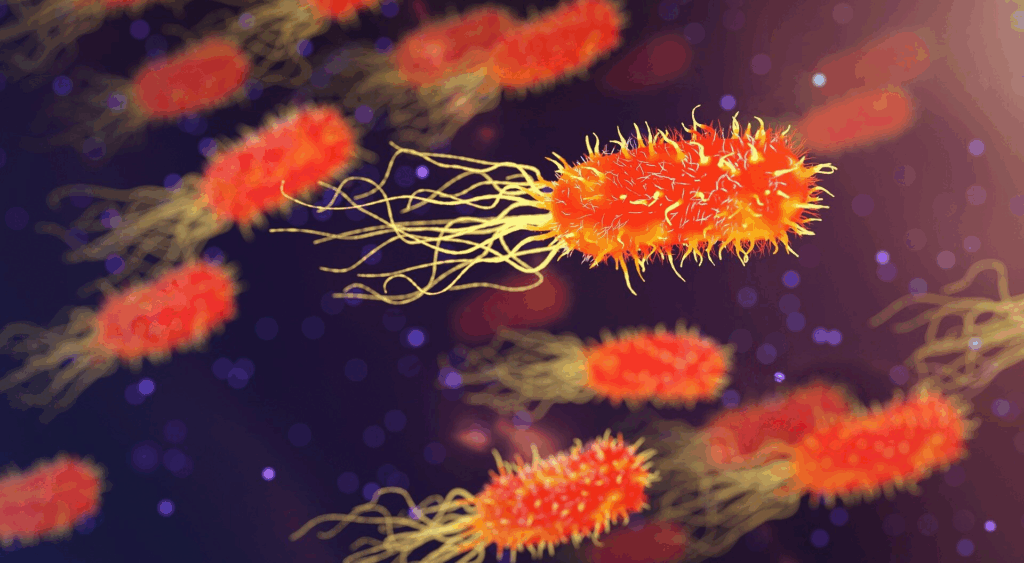In the unfolding fight against tumors, scientists have now spotlighted an immune-silencing hormone that reshapes cancer’s hidden tactics. This discovery uncovers how tumors secretly switch off the body’s defenses, fueling tumor immune suppression.
The finding offers hope for novel cancer therapy and advances in cancer immunotherapy that could change how medicine targets aggressive diseases.
SCG2-LILRB4 Pathway Discovery: Cancer’s Immune-Silencing Hormone Exploit
SCG2, or secretogranin II, is a protein mostly known for its role in neuroendocrine function. Researchers recently discovered that tumours also utilise this molecule in entirely new ways. They found that SCG2 directly binds to a receptor called LILRB4, which exists on myeloid immune cells.

Once this binding happens, the immune-silencing hormone reshapes the environment. It blocks the recruitment of T-cells, shuts down protective responses, and enables potent tumor immune suppression, shielding cancer cells from immune attack.
Evidence from the Lab: Proof that Blocking the Signal Slows Tumor Growth
To test the pathway, scientists created mice engineered to express human LILRB4 in their immune systems. They then blocked SCG2 with antibodies and studied tumors in which SCG2 had been removed. Both approaches interrupted tumor immune suppression and immediately slowed the growth of cancer.
These findings show how directly targeting the immune-silencing hormone could strengthen defenses. It helps researchers design novel cancer therapy options for patients needing new treatment strategies.
Therapeutic Implications: New Paths for Immunotherapy and Beyond
This pathway introduces a potential new arm to immunotherapy, which currently relies heavily on checkpoint inhibitors for its results. Disrupting the SCG2-LILRB4 link could help weaken tumor immune suppression and open fresh directions in cancer therapy.
At the same time, increasing levels of this immune-silencing hormone could reduce overactive immunity. The findings suggest broader applications, where boosting SCG2 may alleviate autoimmune diseases or inflammatory disorders by restoring balance.
Challenges, Next Steps, and Research Outlook
Researchers note major tests remain before any clinical shift. They must confirm safety, ensure specificity, and show results in humans. Future studies will explore whether blocking or enhancing this pathway shapes immune balance in broader ways.
Scientists also aim to uncover possible implications in neurological diseases and related immune conditions. With each step forward, the SCG2-LILRB4 signaling line could change how immune systems are guided in both cancer immunotherapy and novel cancer therapy landscapes.
A newly uncovered immune-silencing hormone now reveals both a hidden weapon for cancer and a promising path for therapy.